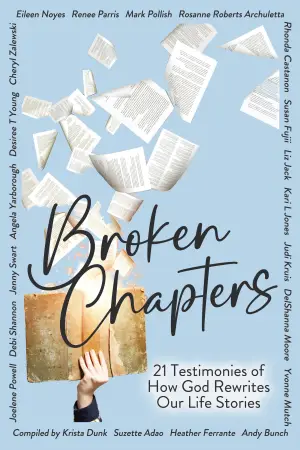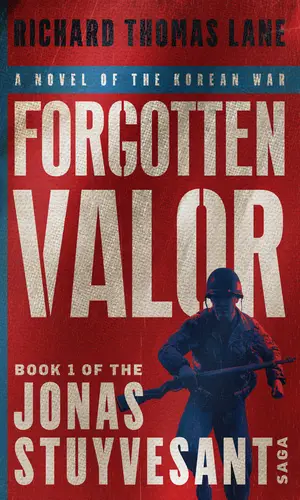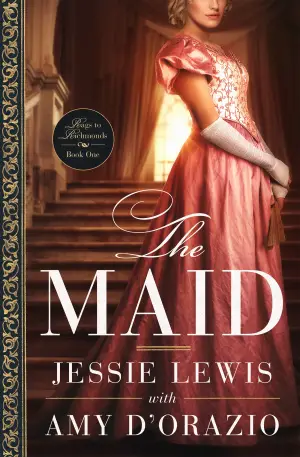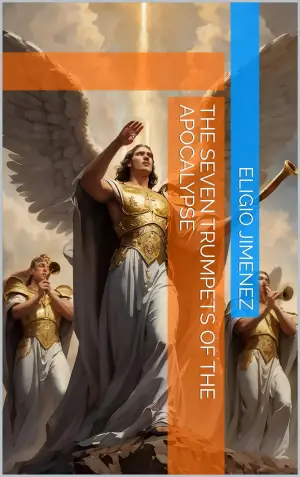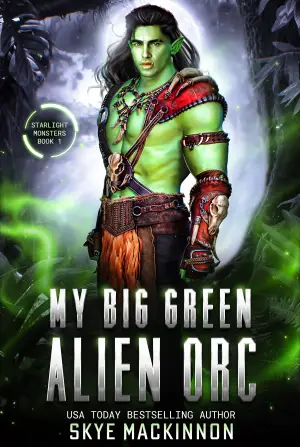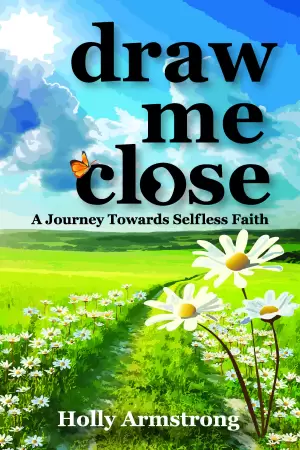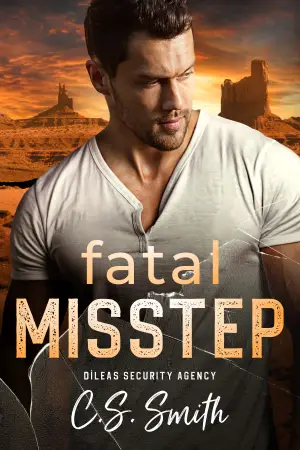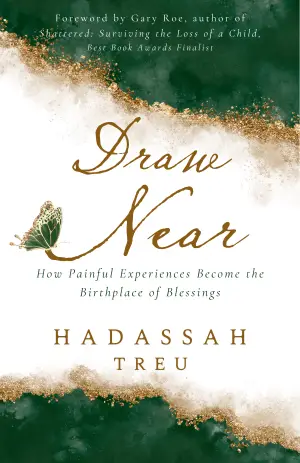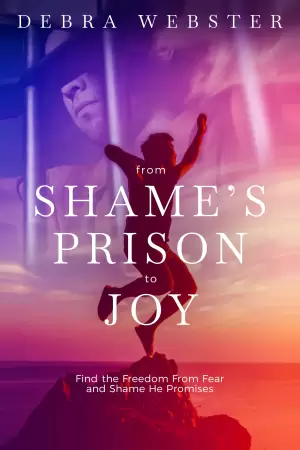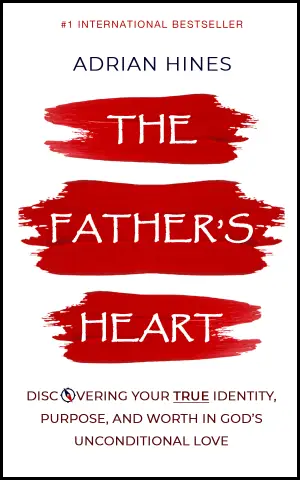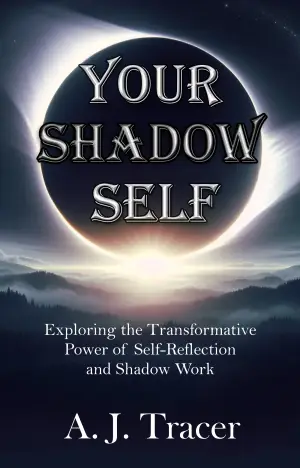Revisiting 1984: A Greyer Shade of Truth
I’ve found myself captivated by George Orwell’s 1984 on more than one occasion; however, revisiting it recently felt like a journey through a haunting, relentless landscape of grey—a vivid reminder of what a dystopia really means. This time around, the stark and unyielding tones of Orwell’s narrative crawled under my skin more than I remember. At first, I had anticipated a dissected tapestry of totalitarianism, but I encountered a grim tapestry festooned with decay, exploitation, and pervasive malaise.
1984 revolves around Winston Smith, an active participant in a society that breathes fear and tenderness in the same breath. It’s a world where even the act of thinking can lead to grave consequences—a perpetual drudgery wrapped in the relentless grey of life itself. As the story unfolds, we see the chilling mechanisms of control. The Party’s slogans, "War is peace. Freedom is slavery. Ignorance is strength," loom larger than life, feeling all too familiar in today’s world where “alternative facts” have emerged as a new reality. Here, truth becomes mutable, distorted by the hands of those in power.
Orwell’s writing style in 1984 is stark and unembellished, a perfect fit for the bleak existence he narrates. He crafts each scene meticulously, allowing readers to feel every bleak corner of Airstrip One and its suffocating environment. While I appreciated the pacing of the first part—the meticulous building of Winston’s life under the Party’s thumb—the heavy exposition in later chapters felt like trudging through mud. There was depth in the political theory, but at times, I longed for the lyrical beauty I found in Ray Bradbury’s Fahrenheit 451, which I had read just before diving into Orwell’s dense prose.
The character of Winston evokes conflicted feelings. His helplessness draws empathy, even as his misogynistic views do not escape scrutiny—an unsettling reminder of how deeply ingrained societal assumptions can color our perspectives. There’s a dance between hope and despair, particularly highlighted in the line, “If there is hope, it lies in the proles”—a group untouched by Party ideology and therefore, ironically, robustly human. This notion of human connection binds the themes together, pulling readers back from the edge of hopelessness, even as they shudder at the depths of control.
Memorable quotes resonate with chilling familiarity. Phrases like, “The Party told you to reject the evidence of your eyes and ears,” echo hauntingly against the backdrop of modern misinformation. It’s as if Orwell peered into the future, anticipating a world where media manipulation thrives—a reality that is painfully easy to relate to today.
In conclusion, 1984 remains a monumental work that transcends time, reminding readers of the importance of questioning reality and valuing our freedoms. While it may not be a comfortable read, it serves as a crucial reflection on our society. This book is for those willing to grapple with the heavy shadows of oppressive regimes and the complexities of human nature. If you’re in search of a compelling and thought-provoking read that stirs conversations long after the final page is turned, 1984 is indeed that bleak companion you need, wrapped in relentless shades of grey.



